Nestled in the high desert of California, Antelope Valley has long been a magnet for photographers seeking to capture its surreal beauty. The region’s otherworldly rock formations, vibrant wildflower blooms, and dramatic light conditions make it a bucket-list destination for both amateur shutterbugs and seasoned professionals. Over the years, specialized photography tours have emerged to cater to these diverse audiences, with operators offering everything from casual "general" tours to intensive "pro" workshops. While both options provide access to the valley’s iconic landscapes, the experiences they deliver differ significantly in depth, intensity, and artistic payoff.
The general photography tours in Antelope Valley are designed for enthusiasts who want a balanced mix of sightseeing and shooting opportunities. These groups tend to be larger, often accommodating 15 to 20 participants, which creates a lively social atmosphere but limits one-on-one instruction. The itineraries are structured around golden-hour shoots at classic locations like the Slot Canyons or the famous Wave, with ample time for breaks and casual exploration. Guides focus on helping attendees compose solid shots and understand basic camera settings, making these tours ideal for hobbyists or travelers who prioritize a relaxed experience over technical mastery. Many general tours also include non-photography activities, such as short hikes or visits to nearby attractions, appealing to mixed groups where not everyone is a dedicated photographer.
In contrast, the professional-grade workshops are immersive, demanding, and tailored for serious artists looking to push their craft. Group sizes are kept intimate—usually no more than 6 to 8 participants—to ensure each photographer receives personalized critiques and hands-on guidance. The schedules are grueling, with pre-dawn departures, extended shoots in harsh midday light (to teach advanced techniques for difficult conditions), and late-evening classroom sessions for post-processing tutorials. Pro tour leaders are often working photographers themselves, sharing hard-won insights about niche skills like focus stacking for depth of field or using graduated ND filters to balance exposures. Unlike general tours, which stick to well-trodden vistas, pro groups frequently venture into restricted or less-accessible areas of the valley, chasing unique compositions far from the crowds.
Gear expectations also set these tours apart. General groups welcome everything from smartphones to DSLRs, with leaders offering tips to maximize whatever equipment attendees bring. Pro workshops, however, assume participants arrive with high-end cameras, a suite of lenses, and accessories like tripods and polarizers. Discussions delve into the minutiae of sensor calibration, hyperfocal distance calculations, and the creative use of tilt-shift lenses—topics that would overwhelm casual shooters but thrill tech-savvy professionals. The difference extends to deliverables: while general tours might provide a shared online gallery of group photos, pro workshops emphasize building a polished portfolio, with instructors helping participants refine and edit their best work for exhibition or publication.
Budget and time commitments diverge sharply between the two formats. General tours are relatively affordable, often priced under $500 for a multi-day outing, with flexible scheduling that appeals to vacationers. Pro workshops can cost three to five times as much, reflecting the expertise of the instructors, the exclusivity of locations, and the intensive curriculum. They also require participants to block out longer, uninterrupted stretches of time—sometimes a full week—for deep immersion. This economic and temporal gap effectively self-selects the audience: one is a low-barrier entry point for curious explorers, while the other is a career investment for those pursuing photography at the highest levels.
Ultimately, the choice between a general and pro photography tour in Antelope Valley hinges on artistic goals and personal temperament. The former offers a joyful, pressure-free way to document the landscape while connecting with fellow travelers. The latter is a transformative boot camp, stripping away complacency and forcing participants to confront their creative limits under the tutelage of masters. Both, however, share the same irresistible lure: the chance to stand before nature’s grandeur, camera in hand, and chase that perfect, fleeting moment when light and land collide into art.
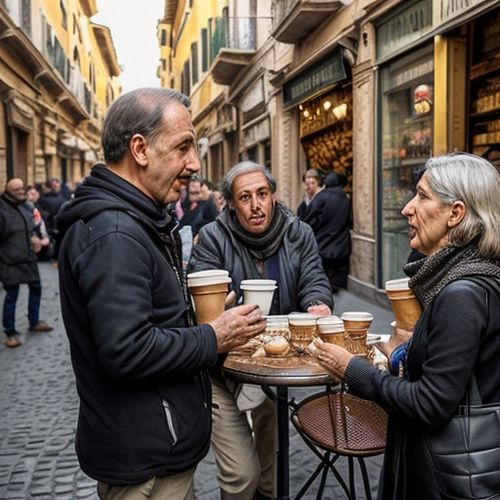
By Benjamin Evans/Apr 11, 2025
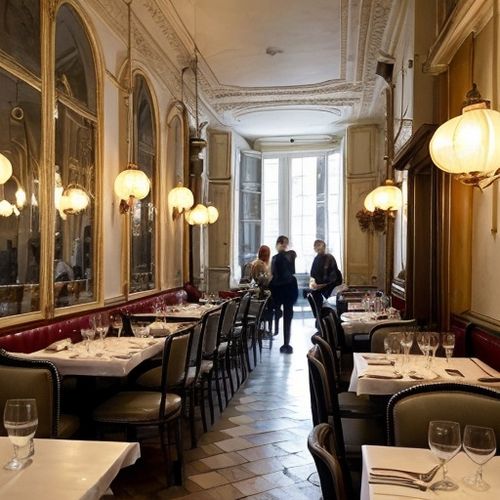
By Amanda Phillips/Apr 11, 2025
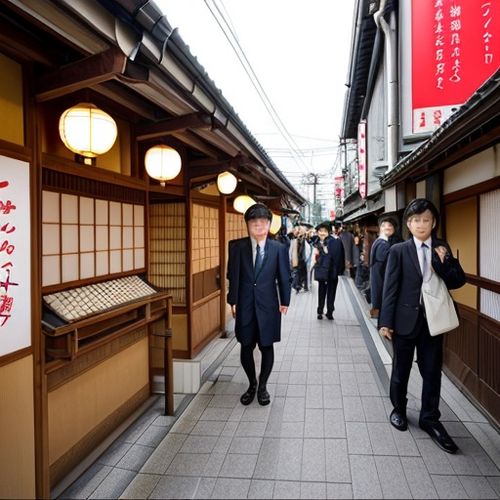
By Ryan Martin/Apr 11, 2025
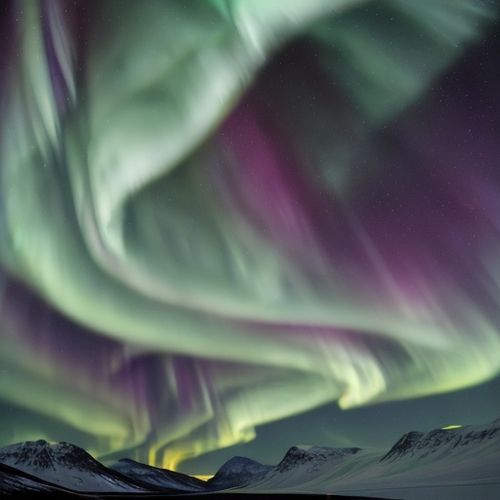
By Sophia Lewis/Apr 11, 2025
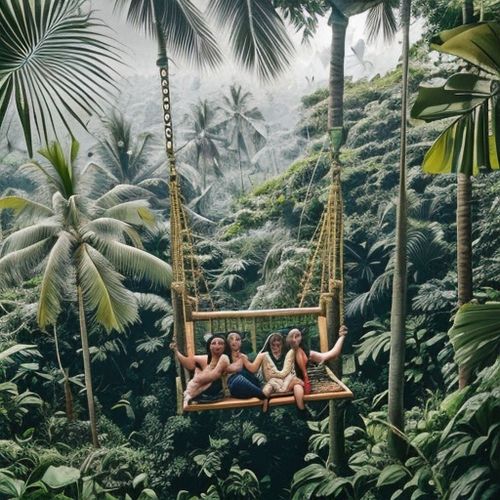
By Samuel Cooper/Apr 11, 2025
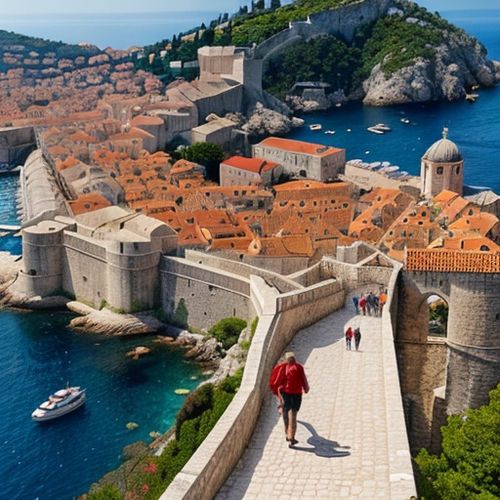
By Laura Wilson/Apr 11, 2025
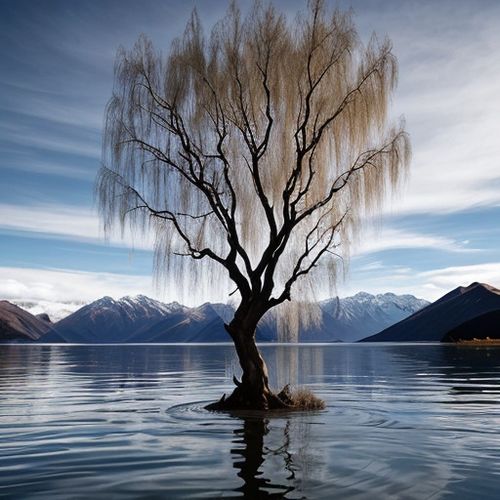
By Eric Ward/Apr 11, 2025
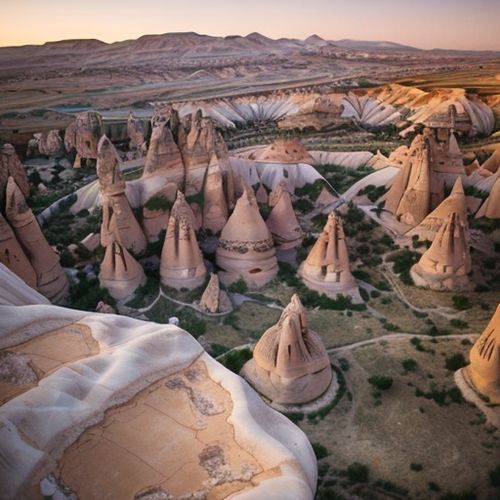
By Samuel Cooper/Apr 11, 2025
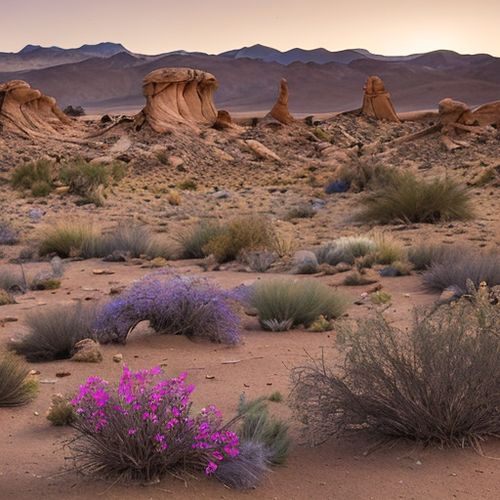
By Thomas Roberts/Apr 11, 2025
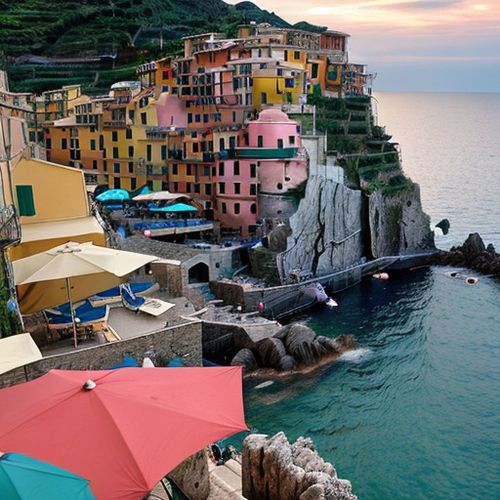
By William Miller/Apr 11, 2025
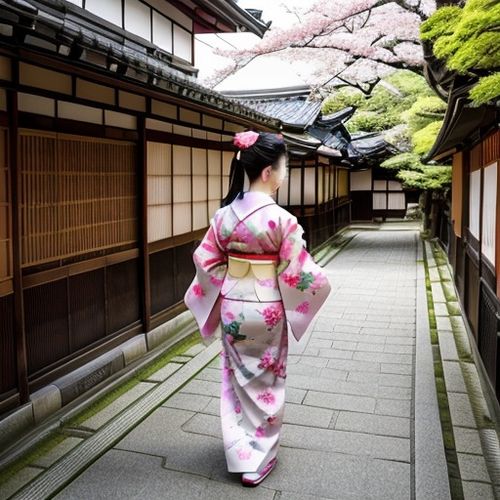
By Megan Clark/Apr 11, 2025
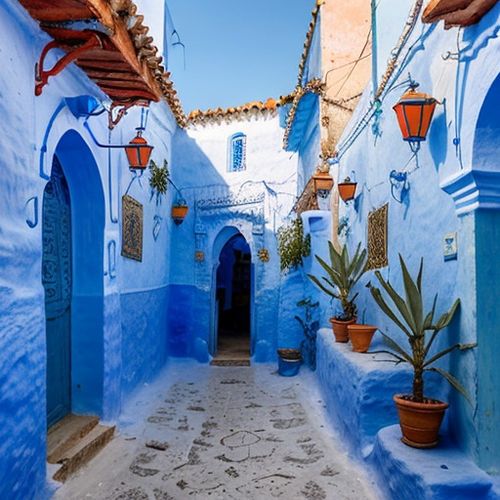
By Michael Brown/Apr 11, 2025
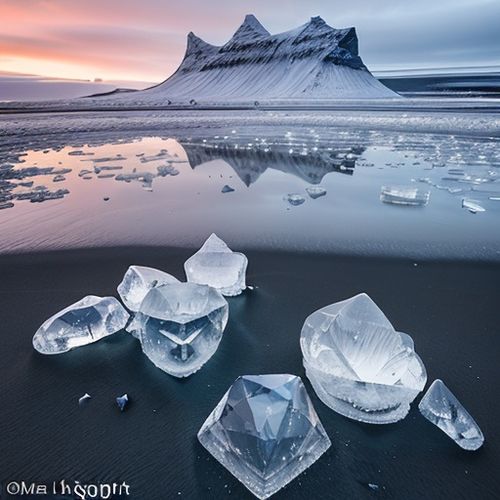
By Sarah Davis/Apr 11, 2025
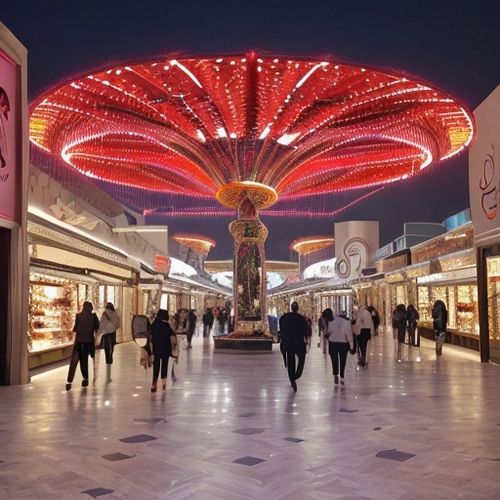
By Noah Bell/Apr 11, 2025

By Sophia Lewis/Apr 11, 2025
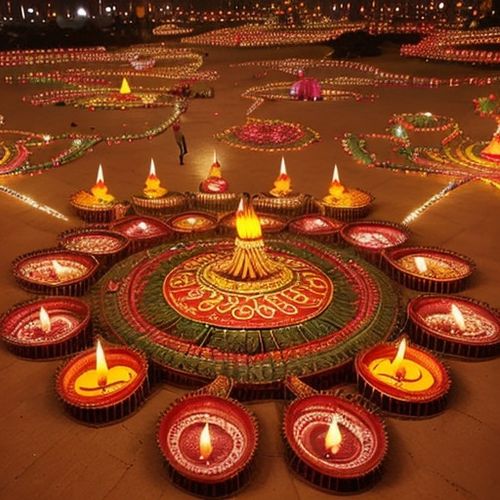
By Daniel Scott/Apr 11, 2025
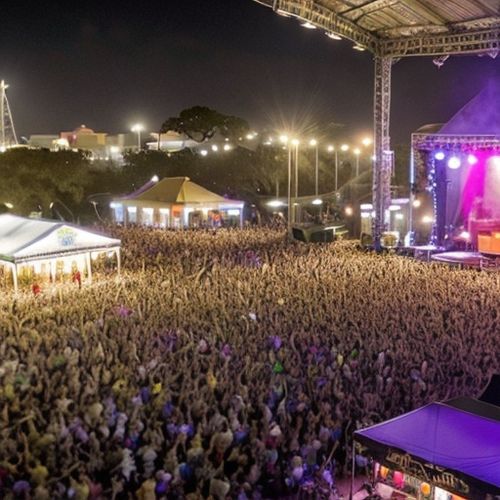
By Samuel Cooper/Apr 11, 2025
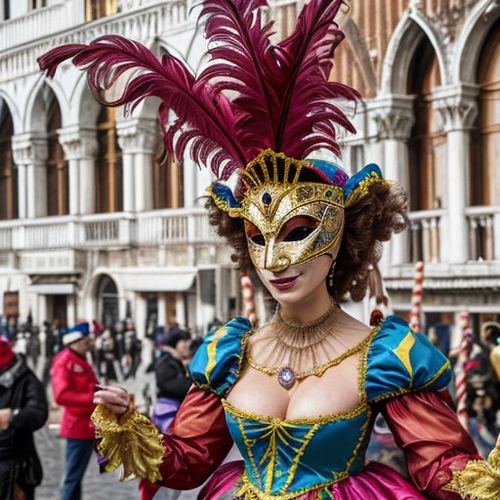
By Joshua Howard/Apr 11, 2025
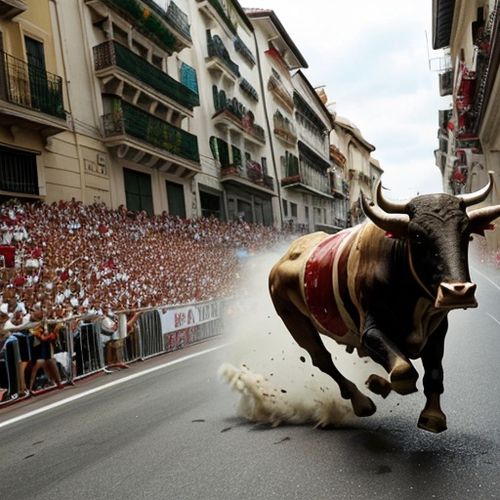
By Joshua Howard/Apr 11, 2025